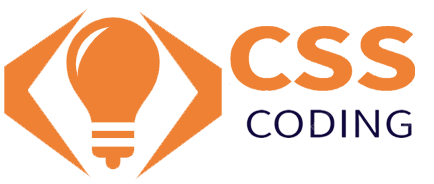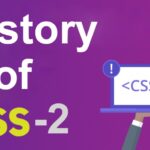In modern web development, CSS Grid and Flexbox are two powerful layout modules that help developers create complex, responsive layouts with ease. While both have their strengths, understanding when to use each can significantly enhance your web design capabilities. This blog will delve into the differences, use cases, and examples of CSS Grid and Flexbox to help you choose the right tool for your projects.
Understanding CSS Grid
CSS Grid Layout is a two-dimensional layout system for the web. It allows you to create grids with rows and columns, making it ideal for complex layouts.
Key Features of CSS Grid:
- Two-Dimensional Control: Manage both rows and columns.
- Explicit Grid: Define your layout explicitly with grid-template-rows, grid-template-columns, and grid-template-areas.
- Grid Lines: Use grid lines for precise placement of items.
- Gap Property: Easily create gaps between rows and columns.
Example of CSS Grid:
Css :
.container {
display: grid;
grid-template-columns: repeat(3, 1fr);
grid-template-rows: auto;
gap: 10px;
}
.item {
background: lightblue;
padding: 20px;
}
Html :
<div class="container">
<div class="item">Item 1</div>
<div class="item">Item 2</div>
<div class="item">Item 3</div>
<div class="item">Item 4</div>
<div class="item">Item 5</div>
<div class="item">Item 6</div>
</div>Output :
Understanding Flexbox
Flexbox, or Flexible Box Layout, is a one-dimensional layout method for arranging items in rows or columns. It excels in distributing space within a container and aligning items.
Key Features of Flexbox:
- One-Dimensional Control: Manage either rows or columns.
- Flexible Items: Items can grow, shrink, and be ordered dynamically.
- Alignment: Powerful alignment capabilities with justify-content, align-items, and align-self.
- Simple Layouts: Ideal for simple, linear layouts like navbars or item lists.
Example of Flexbox:
Css :
.container {
display: flex;
justify-content: space-between;
align-items: center;
}
.item {
background: lightgreen;
padding: 20px;
}
Html :
<div class="container">
<div class="item">Item 1</div>
<div class="item">Item 2</div>
<div class="item">Item 3</div>
</div>Output
When to Use CSS Grid
- Complex Layouts: When you need to create complex, grid-based layouts with multiple rows and columns.
- Explicit Control: When you require precise control over the placement of elements.
- Responsive Design: For creating responsive designs that need detailed adjustments at different screen sizes.
When to Use Flexbox
- Simple Layouts: When you need to arrange items in a single dimension (either row or column).
- Alignment and Distribution: For centering elements, distributing space, and controlling alignment.
- Dynamic Content: When dealing with dynamic content that changes in size and order.
Combining CSS Grid and Flexbox
While CSS Grid and Flexbox are powerful on their own, combining them can provide even greater flexibility. For example, use CSS Grid for the overall page layout and Flexbox for individual components within the grid.
Example of Combined Usage:
Css :
.page-container {
display: grid;
grid-template-columns: 1fr 3fr;
gap: 20px;
}
.nav {
display: flex;
flex-direction: column;
}
.main-content {
display: flex;
flex-wrap: wrap;
gap: 10px;
}
Html :
<div class="page-container">
<nav class="nav">
<div>Nav Item 1</div>
<div>Nav Item 2</div>
<div>Nav Item 3</div>
</nav>
<div class="main-content">
<div>Main Content 1</div>
<div>Main Content 2</div>
<div>Main Content 3</div>
</div>
</div>Output
Conclusion
Both CSS Grid and Flexbox are essential tools for modern web development. CSS Grid provides a robust system for creating complex, two-dimensional layouts, while Flexbox excels at one-dimensional layouts and alignment. By understanding the strengths and appropriate use cases of each, you can create responsive, efficient, and visually appealing web designs.
For more insights and detailed tutorials on CSS, follow our blog at csscoding. Stay tuned for more tips, tricks, and best practices in web design!


